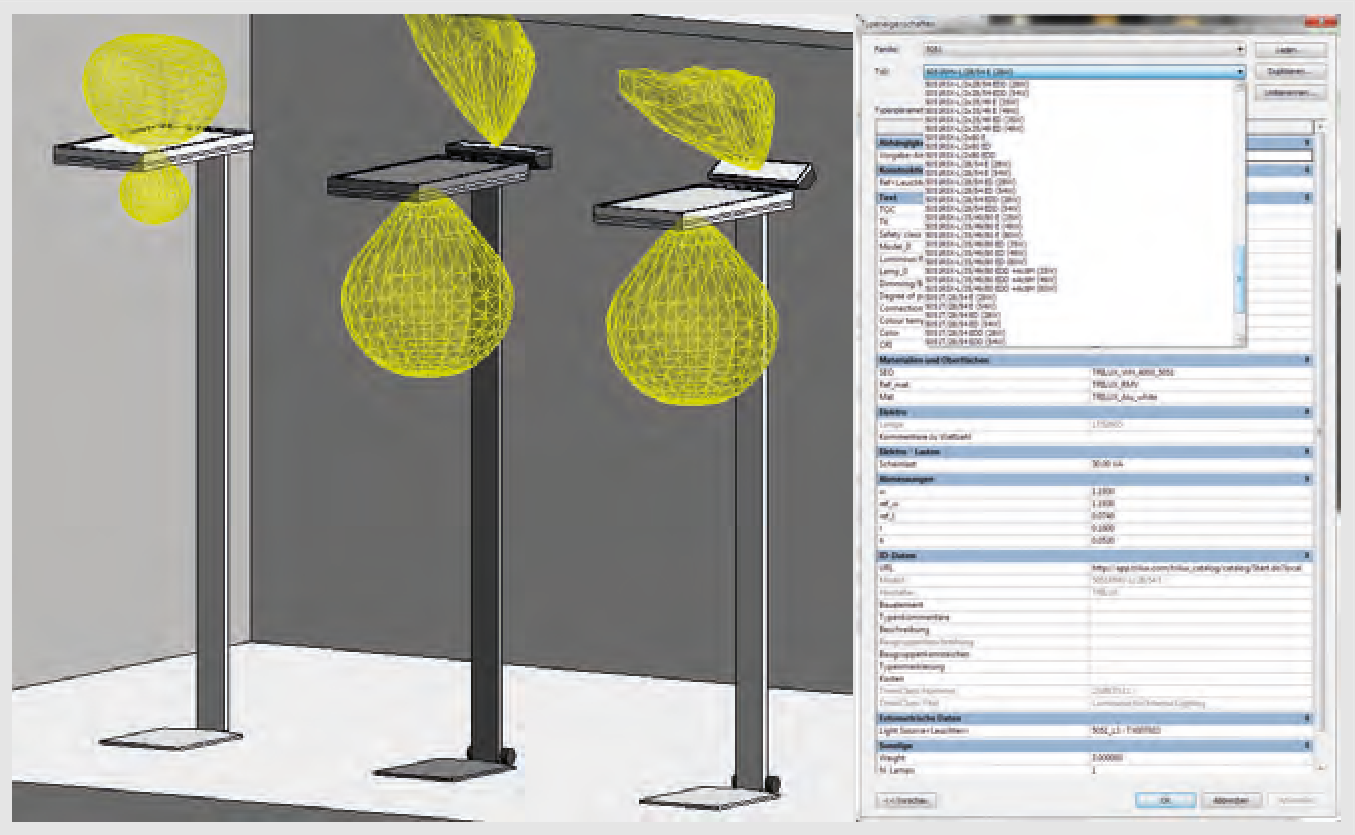
Figure 3.70: Revit model of a free-standing luminaire with attributes.
Postbox 1960
D-59753 Arnsberg

Figure 3.70: Revit model of a free-standing luminaire with attributes.
The three letters "BIM" are an abbreviation for the planning method building information modeling. It is aimed at gathering a maximum of information on relevant physical characteristics of all building components to not only simulate the make-up of the building but also its operation and – ideally – degradation behaviour.
In the December 2015 publication "Road Map for Digital Design and Construction" of the German Federal Ministry of Transport and Digital Infrastructure, BIM is defined as follows: "Building Information Modelling means a collaborative work method that creates and uses digital models of an asset as a basis for the consistent generation and management of information and data relevant to the asset’s life cycle as well as for the sharing or passing on of such information and data between the participants for further processing by way of transparent communication."
Implementing the BIM concept requires great effort, which fundamentally changes the process of building design. To be able to create a functional model describing all characteristics of a building and involving designers of all trades, it is necessary to establish data formats and calculation methods which, similar to DIALux and Relux for lighting technology, generate realistic, reliable and cross-platform repeatable results. On the one hand, this constitutes a necessity for further development of data formats and calculation programs themselves; on the other hand it requires continuous adaptation of planning processes to this development. Particularly the interdisciplinary collaboration among trades must be synchronised to a common method, which is proving difficult in many European countries.
The motivation for these rather complex developments stems, among other things, from the rationalisation of planning and the desire for economic optimisation of buildings over their entire planning, construction and use phases.
An important aspect in this is the energy consumption of a building. It is therefore hardly surprising that originally, the focus was on gathering building material as well as heating and air conditioning information. Recently, technical luminaire data has also been increasingly incorporated in the data formats used for BIM.
One such data format is RFA, which is processed by the Revit program of the provider Autodesk, which also markets AutoCAD. It already features extensive photometric, energy usage and maintenance-specific luminaire characteristics, which are also factored into the calculation process (see figure).
Another transfer format is gbXML (Green Building XML). It currently already facilitates e.g. importing geometric building data into the DIALux program.
In order to exchange building models, an international industry alliance called "buildingSMART" has been defining the data format IFC (Industry Foundation Classes) since the year 2000. Since its release IFC4 has been an official global ISO standard (ISO 16739:2013). With IFC4, light distributions are contained in the format for the first time, in contrast to the currently used format IFC 2x3, where luminaires are only geometric objects. DIAL and Relux are planning to work on an IFC interface in the future. An interface could facilitate full integration of the design programs DIALux and Relux into the BIM process, meaning importing building data, adding lighting to the building and then feeding the result back into the BIM process.
In some countries, BIM has become a condition for the participation in public-sector tenders over the past years:
2006 Denmark: BIM directive, mandatory IFC submission for public-sector projects >5,5 million euros
2007 Finland: Senaatti, mandatory BIM and IFC submission for all new projects
2008 USA: General Service Administration & Army, BIM directive and mandatory submission
2010 Norway: Staatsbygg, mandatory IFC and BIM submission for all projects
2012 South Korea: public-sector tenders as open BIM/IFC projects
2013 Netherlands: Announcement of BIM directive
2013 Singapore: BIM obligation for building applications
2014/15 Hong Kong: BIM obligation for new projects
2016 UK: BIM mandatory for public-sector projects > 5 million euros
The extent of planning aspects to be considered in practice is guided by the state of development of technical possibilities. With increasing acceptance of new data formats and extended processes, standards for the requirements set as conditions for tenders are continuously developing further.